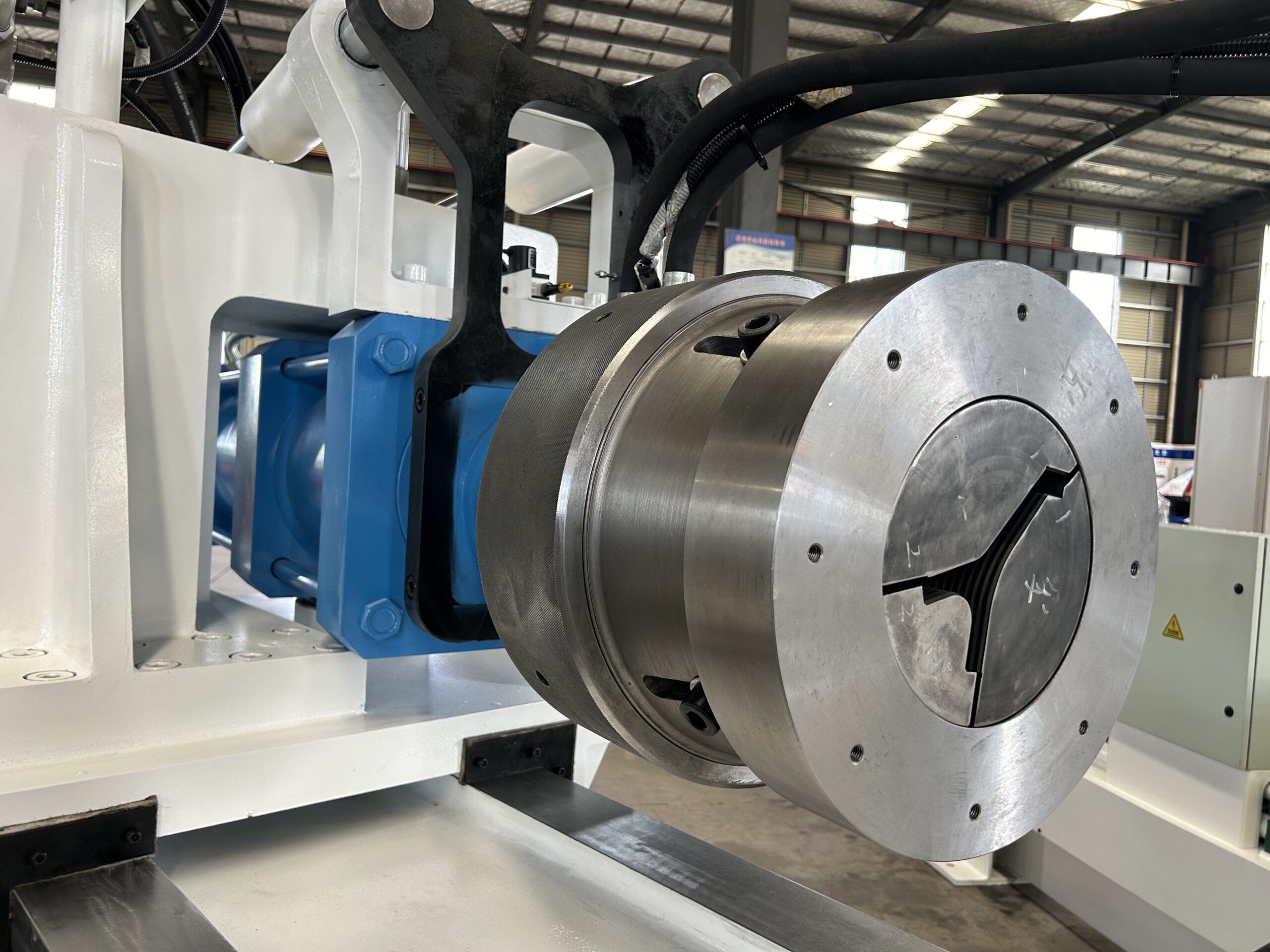The method for producing bridge bend elbows is as follows:

- Take a 90-degree cable tray bend elbow as an example, and apply the same principles for 45-degree bends accordingly.
- The length of the bottom side (bottom diagonal) after bending the cable tray should be equal to the width of the cable tray, but within the range of 100-400mm.
- Select two points at this length on the side rail of the cable tray, draw two perpendicular lines relative to the bottom side, and choose the bending direction of the bridge as the cutting opening side.
- Use the opening side as the bottom side, and draw perpendicular bisectors on the two lines drawn, which will form two isosceles triangles. The formula to determine the length of the base of these isosceles triangles is L = 2 × (cable trayheight × sin22.5°). As a simple example, for a 100mm high bridge, the length of the base of the isosceles triangle is 76.5mm, yielding a ratio of 100:76.5. This ratio can be applied accordingly for bridges of heights 150, 200, etc., when modifying bends. This proportion is also suitable for modifying horizontal 45° elbows.
- After cutting off these isosceles triangles with a tool, the bent cable tray will form two 45° bends, creating a 90° bridge bend elbow.
- As for modifying bend elbows with specified cable tray lengths, calculations can be made using simple mathematical knowledge learned in middle school, allowing for control of any desired length distance.

Following this procedure, elbows of various angles and lengths can be produced.
Making bent elbows for cable trays according to the formulas provided in the diagram is for reference only. The data is directly related to the width or height of the cable tray, and calculations can be made based on the formulas given in the diagram.
Cable Tray 90° Bend Calculators
Quickly calculate developed lengths and arc lengths for 90° bends in cable tray systems.
45° Miter Bend (2-piece) Calculators
Rolled / Formed 90° Bend Calculators
Outer & Inner Arc Length Calculators
90° Cable Tray Bend — Calculation Notes
🔹 1. If the 90° bend is fabricated from straight sections (miter bend)
Each leg of the bend consists of straight pieces cut at an angle (commonly 45° for two pieces or 30° for three pieces).
B = 1.57 × R
- B = Arc length of the bend (along the tray centerline)
- R = Bend radius (measured to tray centerline)
So, the total developed length = 1.57 × R
If tray centerline radius = 300 mm,
then developed length ≈ 1.57 × 300 = 471 mm.
🔹 2. If the 90° bend is formed (rolled or bent)
The length of material required is the arc length of a 90° (¼ circle) along the tray’s centerline.
L = (π × R × θ) / 180
- L = Arc length
- R = Bend radius (centerline)
- θ = Bend angle in degrees
For a 90° bend:
L = πR / 2 ≈ 1.5708 × R
🔹 3. Allowance for tray width (optional)
If you need outer and inner arc lengths (for fabrication drawings):
Linner = 1.5708 × (R – W/2)
Where W = Tray width.


